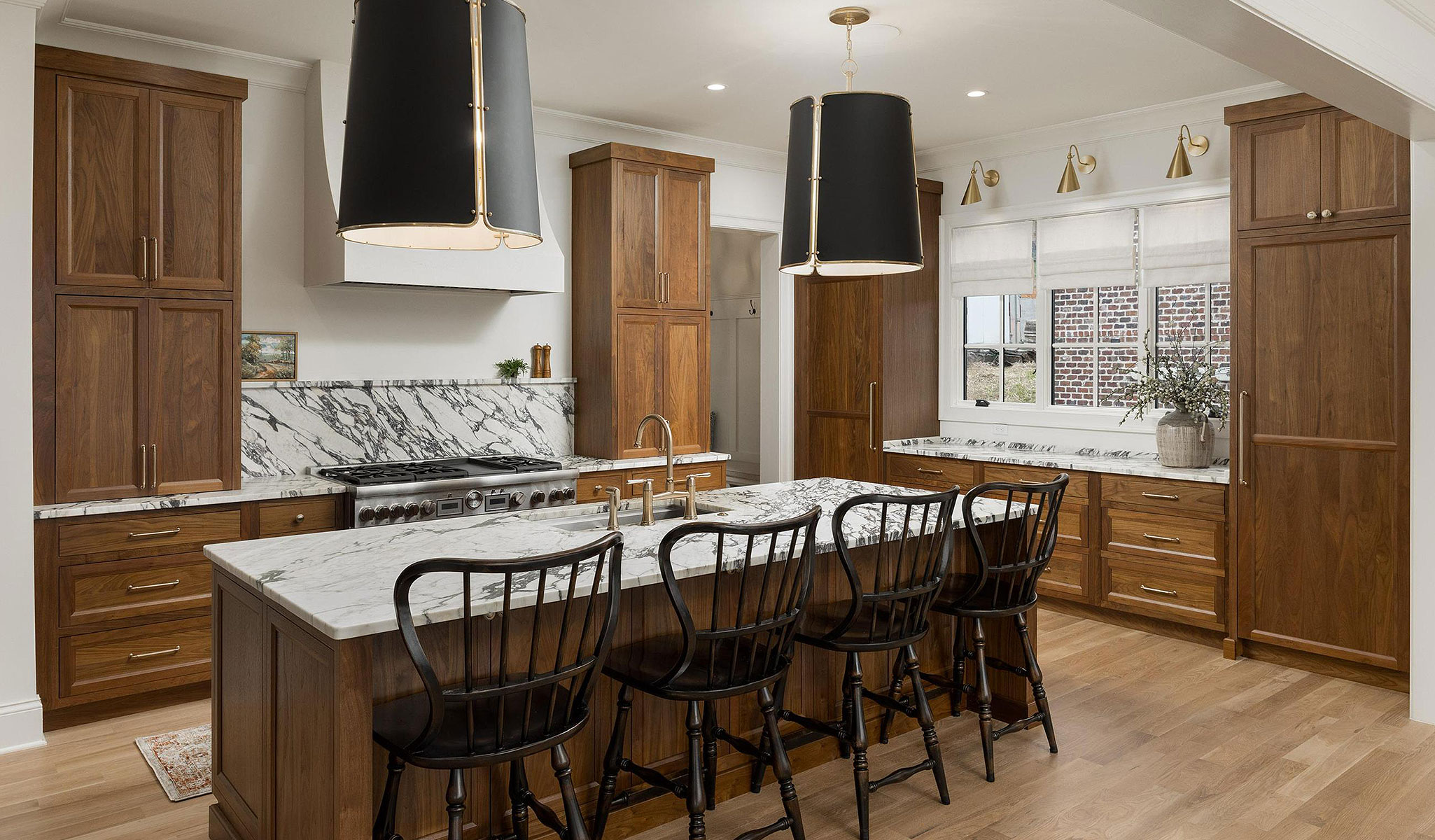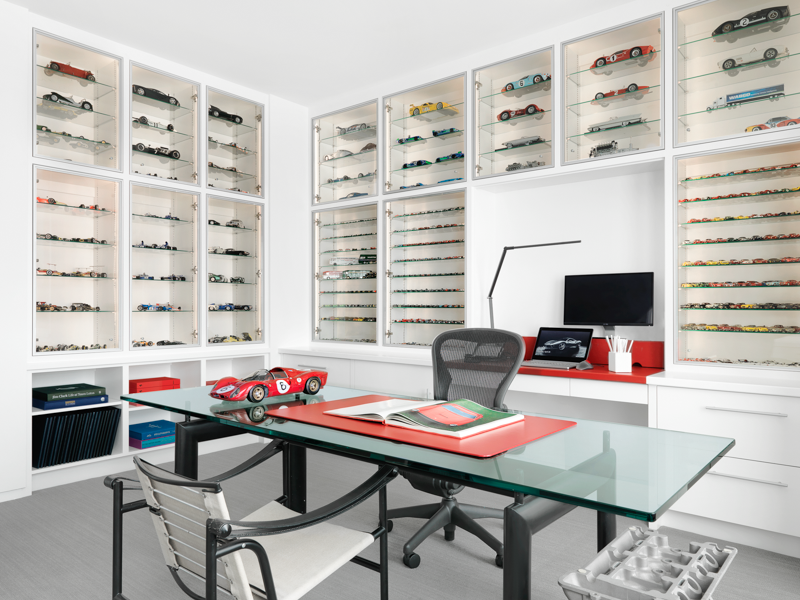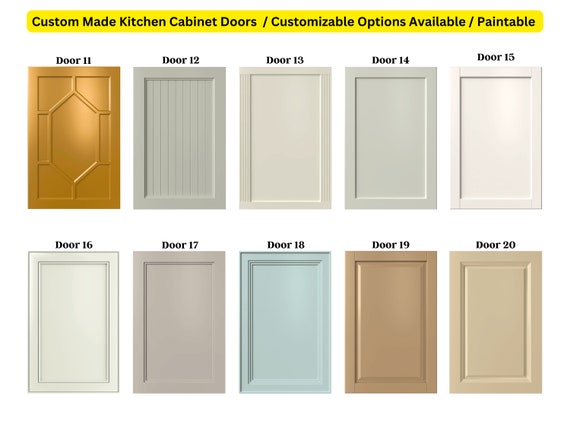All Categories
Featured
The appropriate option of materials can significantly influence your entrance's aesthetic appeals, longevity, and functionality. Right here's an overview to picking the finest materials for your custom entry gateway.
Wood entrances show warmth and natural appeal, making them a prominent option for rustic and typical layouts.
Pros:
Aesthetic Allure: Provides a traditional, elegant appearance that enhances a range of architectural styles.
Personalized: Can be tarnished, painted, or sculpted to attain an unique design.
Eco-Friendly: Sustainable options like redeemed timber decrease ecological influence.
Disadvantages:
Upkeep: Requires normal discoloring or securing to secure versus weather and pests.
Longevity: May warp, crack, or rot in time without correct treatment.
![]()
Steel entrances are commemorated for their sturdiness and capacity to fit detailed layouts.
Pros:
Longevity: Immune to wear and tear, making it perfect for high-traffic locations.
![]()
Layout Flexibility: Suitable for both conventional functioned iron designs and modern, streamlined layouts.
Reduced Maintenance: Calls for minimal upkeep with correct coatings to stop rust.
Disadvantages:
Price: High-quality steels like functioned iron or stainless-steel can be costly.
Warmth Retention: May come to be hot to the touch in straight sunshine.
Light weight aluminum is a cost-effective choice to heavier steels, providing a modern-day look with low upkeep.
Pros:
Corrosion-Resistant: Perfect for locations with high humidity or coastal environments.
Lightweight: Easier to set up and run compared to other metals.
Budget-friendly: Offers a streamlined appearance at a lower expense.
![]()
Cons:
Strength: Much less sturdy than larger steels like steel or iron.
Limited Customization: Not as flexible for complex layouts.
Plastic gateways are known for their price and convenience of maintenance, making them a practical choice for many property owners.
Pros:
Reduced Maintenance: Resistant to weather, pests, and UV rays.
Cost-efficient: Affordable ahead of time and over time as a result of very little upkeep.
Selection: Available in a series of styles and shades.
Cons:
Longevity: Less durable than wood or metal and can crack in extreme temperatures.
Appearance: Lacks the all-natural look of wood or the refinement of metal.
Compound gates combine wood fibers with plastic or material to create a attractive and resilient option.
Pros:
Sturdiness: Resistant to rot, warping, and pests.
Reduced Maintenance: Does not require paint or staining.
Eco-Friendly: Often made from recycled materials.
Cons:
Price: Extra costly than standard timber or vinyl.
Look: May do not have the authenticity of all-natural timber.
Trick Factors To Consider When Choosing Products
Climate: Think about how the product will certainly do in your regional weather condition conditions. Metal is ideal for durability, while plastic works well in moist environments.
Maintenance: Select a material that fits your lifestyle and determination to preserve it gradually.
Style: Ensure the material aligns with your home's architectural style and individual taste.
Budget Plan: Variable in both in advance prices and lasting expenses for repair and maintenance.
Final Thoughts
Picking the best product for your personalized entry entrance is a vital step in producing a aesthetically enticing and practical entry to your home. Whether you prioritize the ageless beauty of wood, the toughness of steel, or the functionality of vinyl, there's a material to match your requirements. By balancing aesthetic appeals, toughness, and expense, you can develop a custom-made entrance that boosts your home's curb allure while standing the test of time.
- Timber: Timeless Beauty
Wood entrances show warmth and natural appeal, making them a prominent option for rustic and typical layouts.
Pros:
Aesthetic Allure: Provides a traditional, elegant appearance that enhances a range of architectural styles.
Personalized: Can be tarnished, painted, or sculpted to attain an unique design.
Eco-Friendly: Sustainable options like redeemed timber decrease ecological influence.
Disadvantages:
Upkeep: Requires normal discoloring or securing to secure versus weather and pests.
Longevity: May warp, crack, or rot in time without correct treatment.
- Metal: Stamina and Adaptability

Steel entrances are commemorated for their sturdiness and capacity to fit detailed layouts.
Pros:
Longevity: Immune to wear and tear, making it perfect for high-traffic locations.

Layout Flexibility: Suitable for both conventional functioned iron designs and modern, streamlined layouts.
Reduced Maintenance: Calls for minimal upkeep with correct coatings to stop rust.
Disadvantages:
Price: High-quality steels like functioned iron or stainless-steel can be costly.
Warmth Retention: May come to be hot to the touch in straight sunshine.
- Light weight aluminum: Lightweight and Economical
Light weight aluminum is a cost-effective choice to heavier steels, providing a modern-day look with low upkeep.
Pros:
Corrosion-Resistant: Perfect for locations with high humidity or coastal environments.
Lightweight: Easier to set up and run compared to other metals.
Budget-friendly: Offers a streamlined appearance at a lower expense.

Cons:
Strength: Much less sturdy than larger steels like steel or iron.
Limited Customization: Not as flexible for complex layouts.
- Vinyl: Practical and Budget-Friendly
Plastic gateways are known for their price and convenience of maintenance, making them a practical choice for many property owners.
Pros:
Reduced Maintenance: Resistant to weather, pests, and UV rays.
Cost-efficient: Affordable ahead of time and over time as a result of very little upkeep.
Selection: Available in a series of styles and shades.
Cons:
Longevity: Less durable than wood or metal and can crack in extreme temperatures.
Appearance: Lacks the all-natural look of wood or the refinement of metal.
- Compound Products: The Finest of Both Worlds
Compound gates combine wood fibers with plastic or material to create a attractive and resilient option.
Pros:
Sturdiness: Resistant to rot, warping, and pests.
Reduced Maintenance: Does not require paint or staining.
Eco-Friendly: Often made from recycled materials.
Cons:
Price: Extra costly than standard timber or vinyl.
Look: May do not have the authenticity of all-natural timber.
Trick Factors To Consider When Choosing Products
Climate: Think about how the product will certainly do in your regional weather condition conditions. Metal is ideal for durability, while plastic works well in moist environments.
Maintenance: Select a material that fits your lifestyle and determination to preserve it gradually.
Style: Ensure the material aligns with your home's architectural style and individual taste.
Budget Plan: Variable in both in advance prices and lasting expenses for repair and maintenance.
Final Thoughts
Picking the best product for your personalized entry entrance is a vital step in producing a aesthetically enticing and practical entry to your home. Whether you prioritize the ageless beauty of wood, the toughness of steel, or the functionality of vinyl, there's a material to match your requirements. By balancing aesthetic appeals, toughness, and expense, you can develop a custom-made entrance that boosts your home's curb allure while standing the test of time.
Latest Posts
The Toughness and Design of Ornamental Iron Fencing
Published Apr 11, 25
1 min read
Budget-friendly High-end: Discover the Benefits of Laminate Floor Covering
Published Apr 11, 25
1 min read
A Historical Coastline Location with Modern Delights
Published Apr 11, 25
1 min read